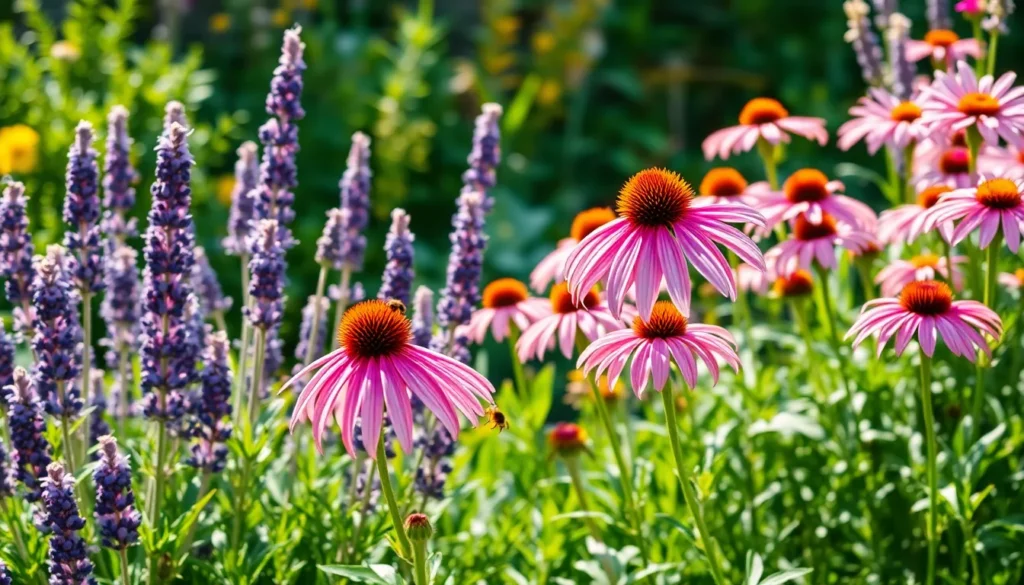Creating a backyard garden is like painting a living masterpiece, where every plant is a stroke of color and life. Whether you’re just beginning to explore the joys of gardening or have spent years nurturing your green sanctuary, selecting the right plants can transform your outdoor space into a lush, vibrant haven. In this article, we will explore seven must-have plants that promise to add beauty, productivity, and a touch of magic to your garden.
For those who are new to gardening, these plants are not only easy to care for but also incredibly rewarding, providing a solid foundation for your horticultural journey. Seasoned gardeners, on the other hand, will find that these selections can add new dimensions and challenges to their existing setups, enhancing the diversity and resilience of their gardens. By the end of this article, you’ll be equipped with the knowledge to choose the right plants for your unique climate and soil conditions, ensuring a thriving and dynamic garden.
Prepare to discover plants that are suitable for every level of expertise, each bringing its own unique beauty and benefits to your backyard. From vibrant perennials that return year after year to fast-growing annuals that offer quick satisfaction, these plants will inspire and delight. So grab your gardening gloves and trowel, and let’s embark on a plant-filled adventure that promises to enrich your gardening experience and bring a touch of nature’s wonder right to your doorstep.
Vibrant Perennials for Year-Round Color

Perennials offer the advantage of returning year after year, providing your garden with consistent color. Among these, coneflowers and daylilies are excellent choices for beginners, thriving in well-drained soil and full sun.
To maintain vibrancy, it’s crucial to keep an eye on watering needs, especially during dry spells. While daylilies are drought-tolerant once established, coneflowers need a deep watering at least once a week to prevent wilting.
For gardeners seeking a challenge, incorporating iris can add a stunning array of colors and textures. These perennials prefer a slightly acidic to neutral pH, and benefit from a balanced fertilizer applied in early spring to enhance blooming.
Consider planting hardy geraniums, which not only bloom profusely but also help suppress weeds due to their dense foliage. They require minimal maintenance, thriving in both sun and partial shade, making them versatile additions to any garden.
Fragrant Herbs to Enhance Your Space
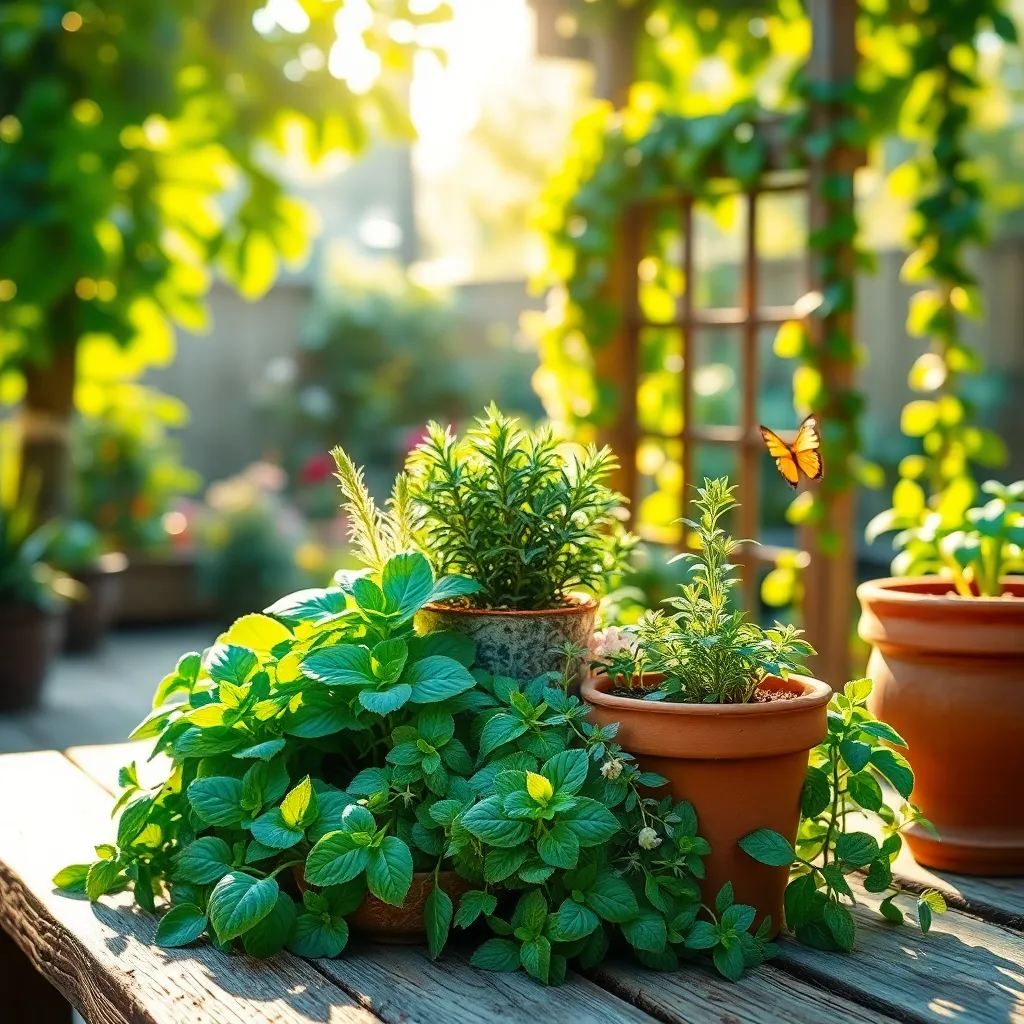
Transform your garden into a sensory delight by incorporating fragrant herbs that will enhance both its beauty and utility. Lavender is a must-have, known for its soothing scent and vibrant purple flowers. Plant lavender in well-draining soil and ensure it receives full sun for optimal growth. Regular pruning in early spring helps maintain its shape and encourages more blooms.
Consider adding rosemary to your garden for a refreshing, pine-like aroma. This hardy herb thrives in sandy, well-drained soil and requires minimal watering, making it perfect for low-maintenance gardens. Prune the stems regularly to encourage bushier growth and prevent the plant from becoming too woody.
Mint is another fragrant herb that can invigorate your space with its fresh, crisp scent. It prefers moist, rich soil and partial to full sunlight, but be cautious as mint can be invasive. To control its spread, plant mint in containers or use root barriers in the ground.
For those looking to add a touch of sophistication to their garden, thyme offers both fragrance and flavor. It requires well-drained soil and at least six hours of sun daily to thrive. Water thyme sparingly, as overly wet conditions can lead to root rot, and harvest it regularly to promote continuous growth.
Low-Maintenance Shrubs for Easy Care
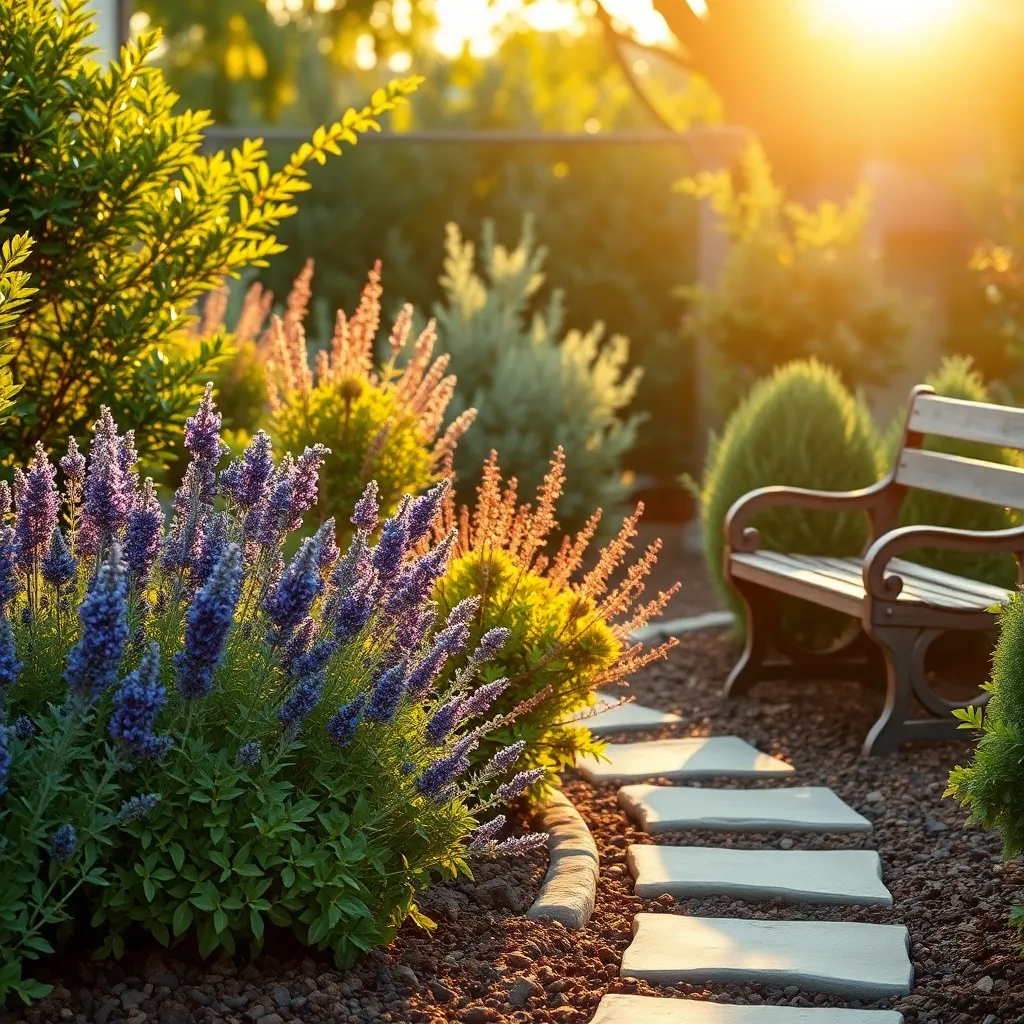
For gardeners seeking effortless beauty, low-maintenance shrubs are a fantastic choice. These hardy plants require minimal care while offering lush greenery and vibrant blooms throughout the seasons.
Consider planting Boxwood (Buxus) for its evergreen foliage and versatile shape. This shrub thrives in well-drained soil and can handle full sun to partial shade, making it adaptable to various garden settings.
Another excellent option is the Spirea, known for its clusters of small, colorful flowers. Spirea is drought-tolerant once established and only needs occasional pruning to maintain its shape, making it perfect for beginners.
When planting low-maintenance shrubs, ensure you space them according to their mature size to avoid overcrowding. Mulching around the base of the shrubs can help retain moisture and reduce the need for frequent watering.
For advanced gardeners, consider experimenting with different shrub varieties to create a layered landscape effect. You might select a mix of deciduous and evergreen shrubs to maintain interest year-round.
Regularly check for pests and diseases, but these resilient plants typically fend off most common issues. With the right selection and placement, these shrubs will thrive, providing structure and beauty to your backyard garden with minimal effort.
Fruit-Bearing Plants for Fresh Produce
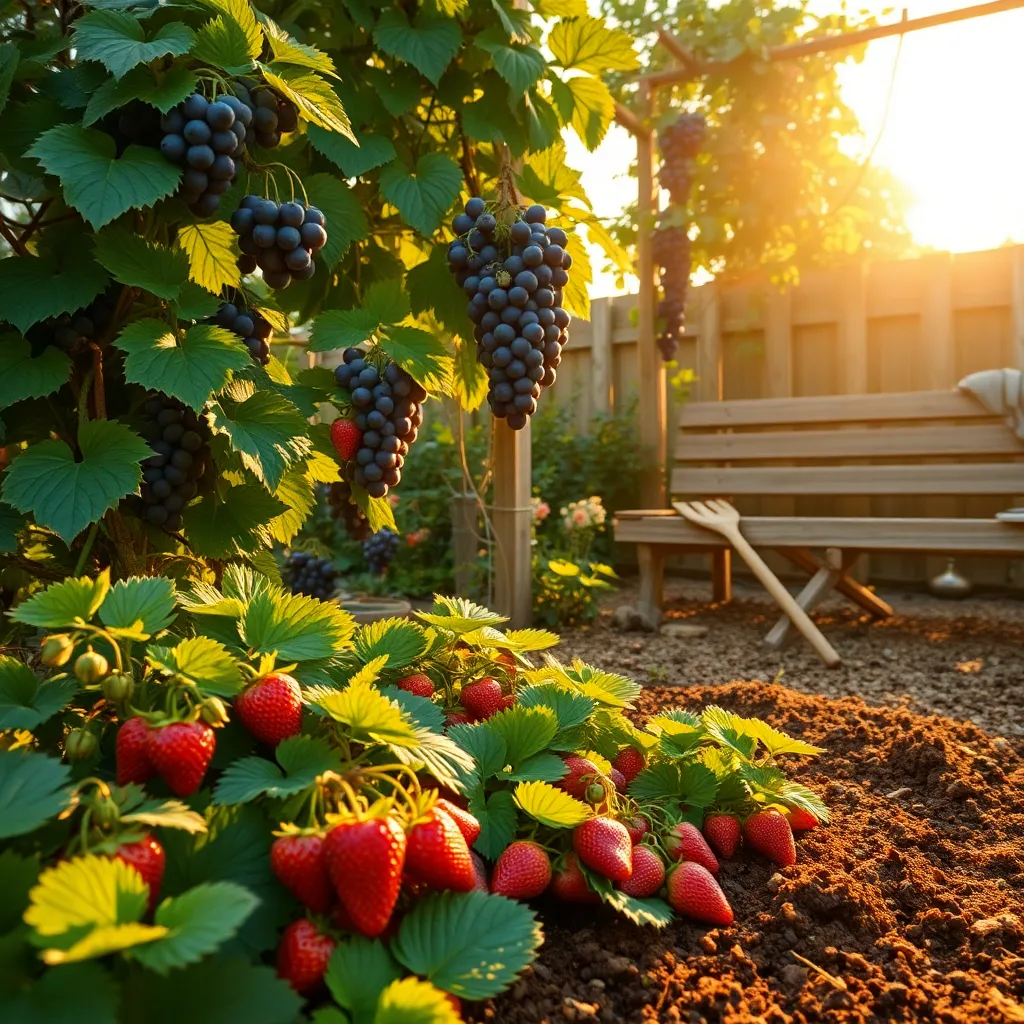
Fruit-bearing plants are a rewarding addition to any backyard garden, offering both beauty and the satisfaction of harvesting your own produce. For beginners, starting with plants like tomatoes and strawberries can be both manageable and fruitful. Tomatoes thrive in well-drained, rich soil and require consistent watering to prevent blossom-end rot. It’s essential to provide them with 6-8 hours of sunlight daily for optimal growth.
Strawberries, on the other hand, are a delight for any gardener, producing sweet berries in the early summer. They prefer slightly acidic soil and benefit from mulching to retain moisture and suppress weeds. When planting, ensure they have plenty of room to spread and propagate. Adding a layer of straw mulch can help keep the fruit clean and prevent rot.
For those ready to explore more advanced fruit-bearing plants, consider adding a dwarf fruit tree like a peach or apple tree. These trees require a bit more space but can be managed with regular pruning to maintain their size. Providing adequate drainage and ensuring they are planted in a spot that receives full sun is crucial for healthy fruit production. Regular fertilization with a balanced fertilizer can promote vigorous growth and enhance fruit quality.
Blueberries are another excellent choice, especially for those interested in creating a natural border with their plants. They thrive in acidic soil with a pH between 4.5 and 5.5, so consider testing your soil and amending it as needed. Water them regularly, especially in dry periods, to ensure they produce plump, juicy berries. By following these tips, gardeners can enjoy a bountiful harvest while adding beauty and functionality to their outdoor space.
Pollinator-Friendly Flowers for Biodiversity
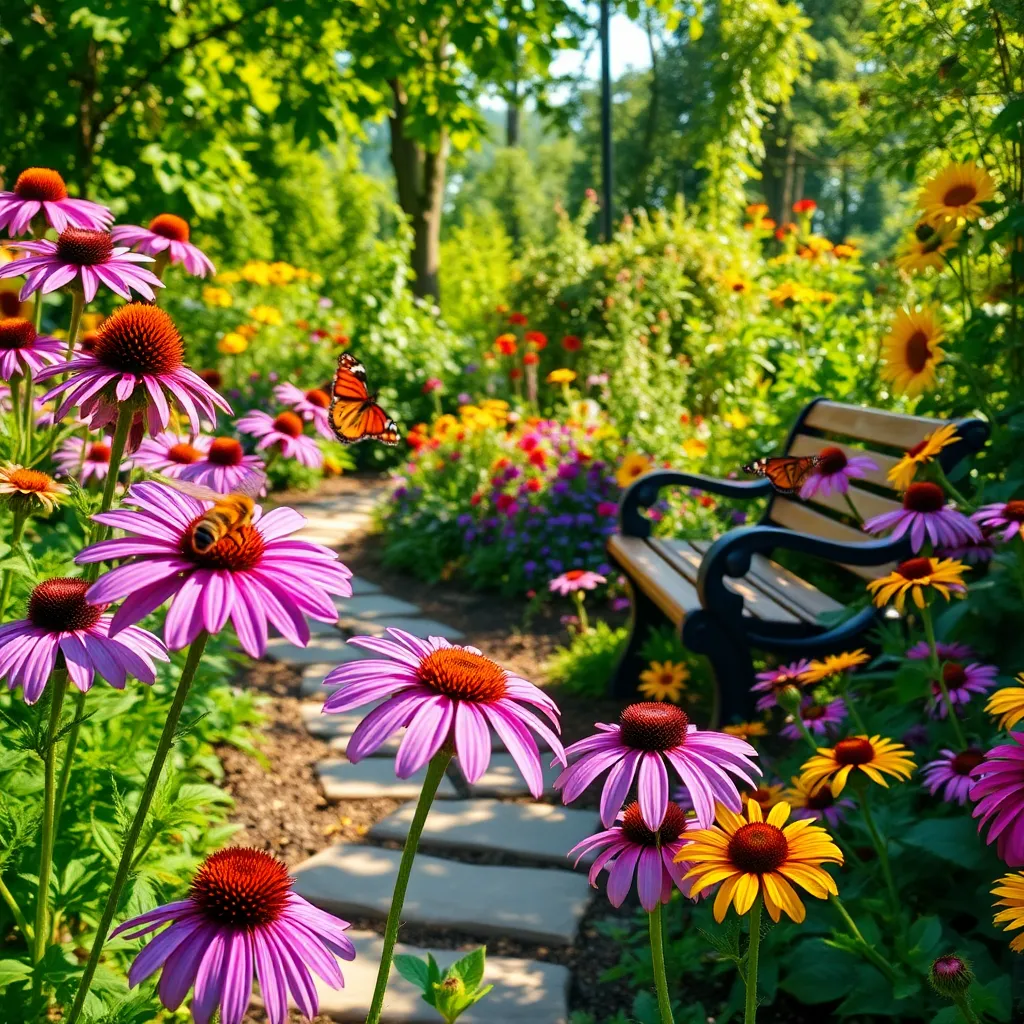
Creating a pollinator-friendly garden is a wonderful way to enhance biodiversity and support the ecosystem. By planting flowers that attract bees, butterflies, and other beneficial insects, you ensure your garden thrives and contributes positively to the environment.
One excellent choice for pollinator-friendly gardens is the lavender, known for its aromatic scent and vibrant purple blooms. Plant lavender in well-drained soil with full sun exposure, and water it sparingly to prevent root rot.
For a burst of color, consider adding echinacea, also known as coneflower, which is a favorite among bees. Echinacea thrives in sandy or loamy soil with full sun and requires regular watering during dry periods to keep the blooms healthy.
Marigolds are another great option, offering bright blooms that attract a variety of pollinators. These hardy flowers prefer well-drained soil and full sun, and they benefit from deadheading to encourage continuous blooming throughout the season.
Climbing Vines for Vertical Interest
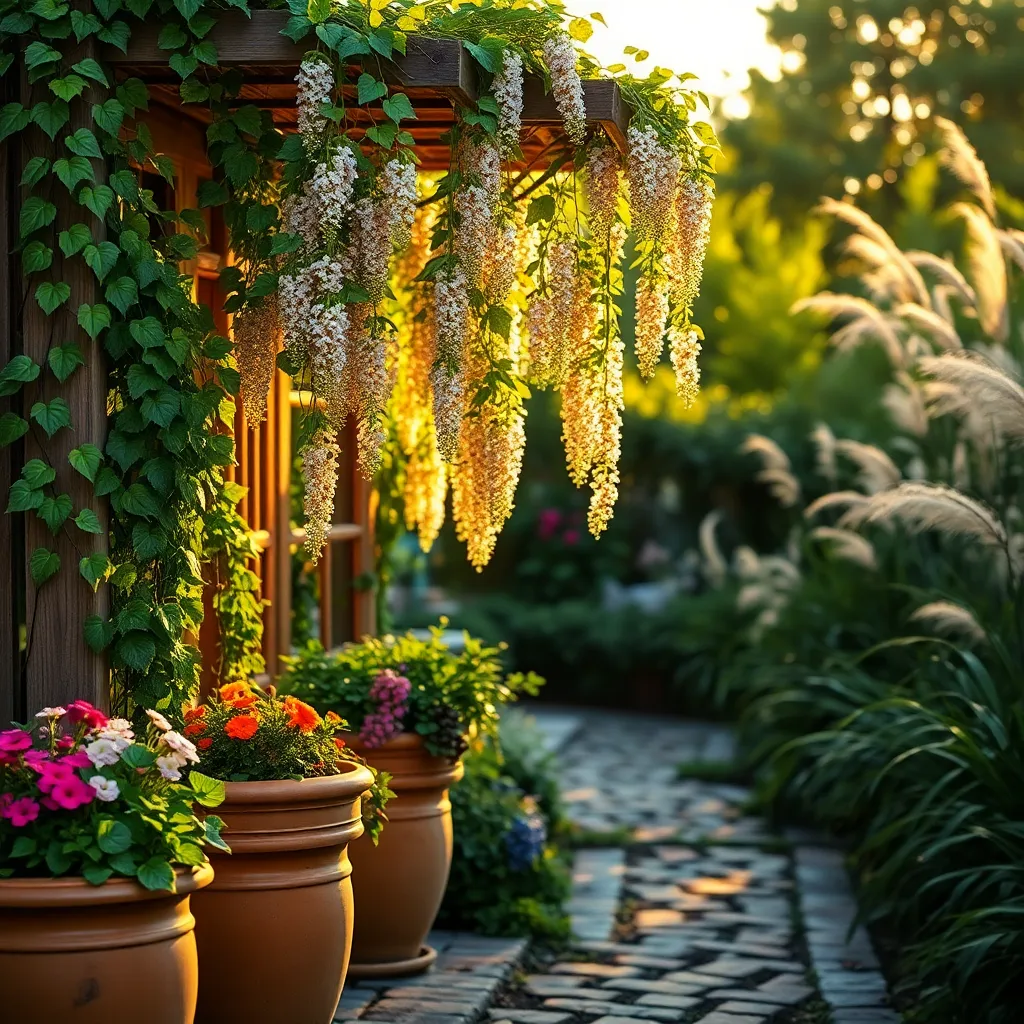
Climbing vines are an excellent choice for adding vertical interest to your garden, transforming plain walls or fences into lush, green canvases. These versatile plants not only enhance aesthetic appeal but also maximize space, which is especially beneficial for small gardens.
When choosing climbing vines, consider your local climate and the amount of sunlight your garden receives. Hardy options like clematis and honeysuckle thrive in full sun and well-drained soil, while ivy and Virginia creeper are more shade-tolerant.
To support your climbing vines, install trellises or use existing structures such as fences or pergolas. Ensure the support is sturdy and positioned before planting to avoid disturbing the plant later.
Regular watering and feeding are crucial for vigorous growth. Most vines prefer moist soil, so water them deeply once or twice a week, particularly during dry spells, and apply a balanced fertilizer in early spring to promote healthy foliage.
Pruning is essential to maintain the shape and health of your vines. Remove any dead or overcrowded stems in late winter or early spring, and train new growth along the support to cover the desired area.
Evergreen Choices for Lasting Greenery
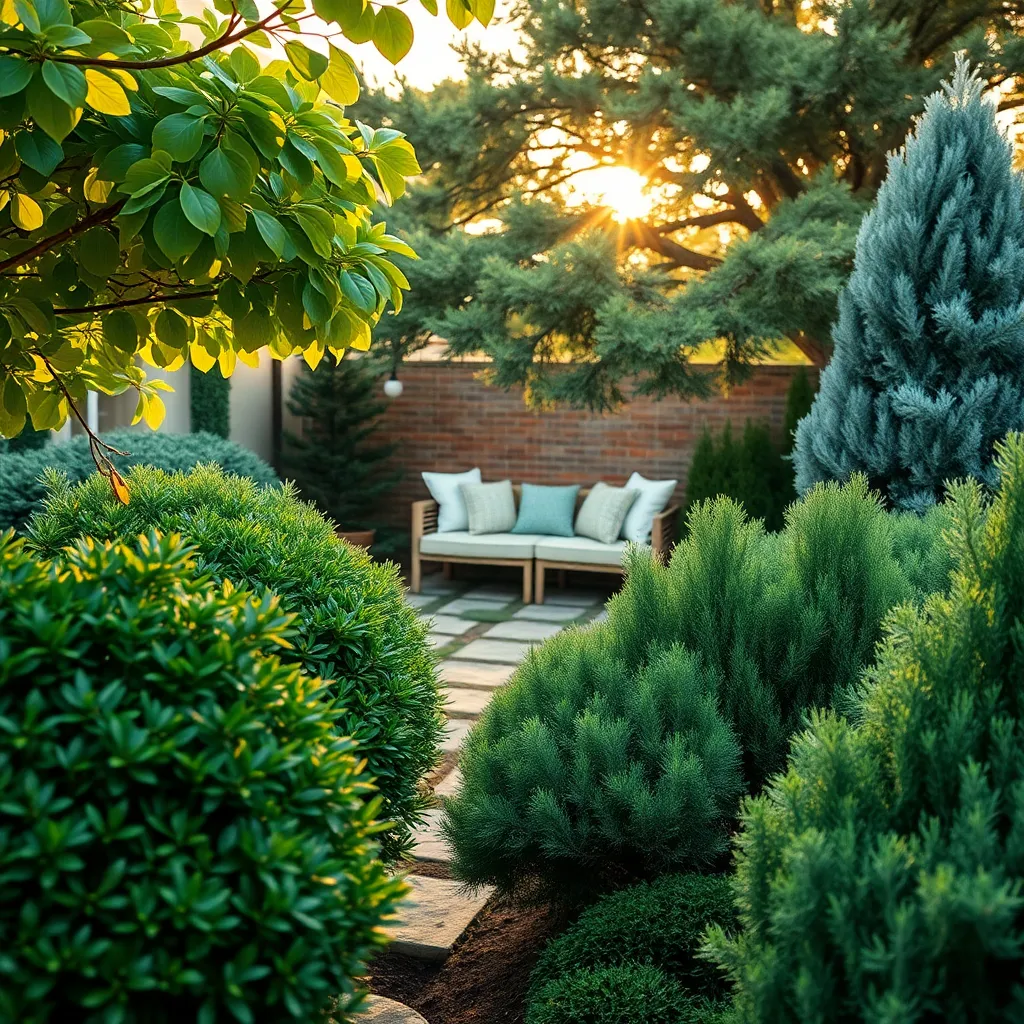
Evergreens are a fantastic choice for adding lasting greenery to your backyard, providing year-round color and structure. Consider planting Boxwood, which is an excellent option for beginners due to its low maintenance requirements and adaptability.
To ensure your Boxwood thrives, plant it in well-drained soil and choose a site that receives partial to full sun. Water consistently, allowing the top inch of soil to dry out between waterings, and apply a balanced fertilizer in early spring for optimal growth.
For those looking for a taller option, the Emerald Green Arborvitae is an ideal selection. This evergreen thrives in a variety of soil types and can serve as a natural privacy screen, growing up to 15 feet tall.
Be sure to space Arborvitae plants approximately 3 to 4 feet apart to allow for healthy growth and airflow. Pruning is minimal, but removing dead or crowded branches in late winter will help maintain the plant’s shape and vigor.
Conclusion: Growing Success with These Plants
In cultivating the perfect backyard garden, we’ve explored how seven essential plants—roses, lavender, sunflowers, hydrangeas, ferns, marigolds, and jasmine—can transform your outdoor space into a flourishing sanctuary. Each plant mirrors key relationship principles: roses symbolize love and passion, lavender represents calm and relaxation, sunflowers embody positivity and loyalty, hydrangeas signify gratitude and understanding, ferns offer resilience and growth, marigolds inspire joy and warmth, and jasmine radiates romance and connection. These botanical treasures remind us that nurturing a garden parallels nurturing relationships—both require attention, care, and patience.
As a next step, choose one plant that resonates with your relationship goals and make a plan to incorporate it into your garden. This small, intentional act can serve as a daily reminder of your commitment to fostering a thriving relationship.
Don’t let this valuable information slip away; bookmark this article now to revisit these insights whenever you need a boost of inspiration. Remember, just as a garden flourishes with consistent care, so too can your relationships blossom into enduring success. Embrace this journey with optimism and watch your connections grow deeper and more rewarding over time.

